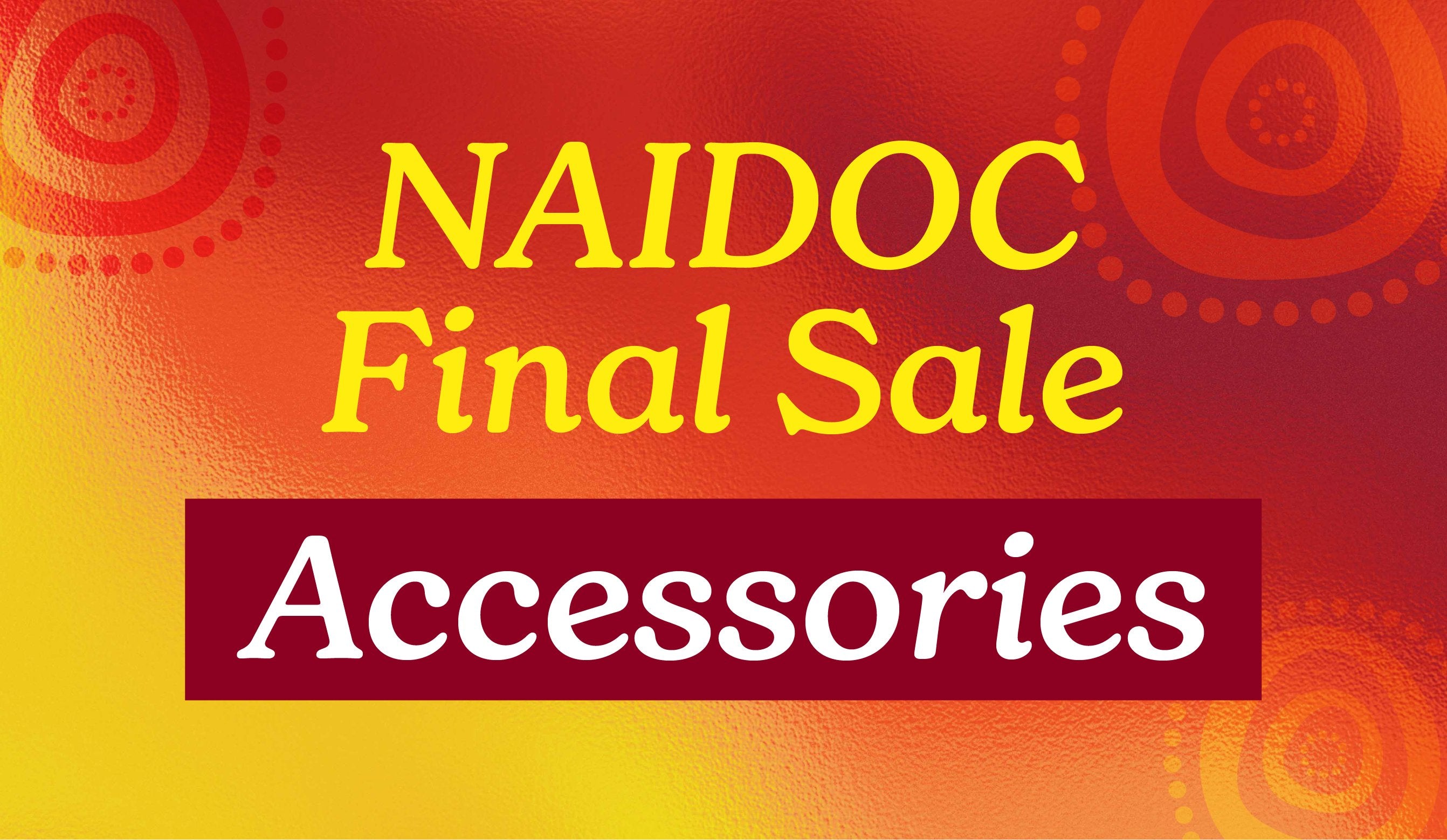The Aboriginal Dreamtime stories are a rich kaleidoscope of tales that have been passed down through generations, offering a unique window into Indigenous Australian culture. Among these, the stories about the ocean, rivers, and water hold a special place, weaving together the spiritual, natural, and cultural threads of Aboriginal life.
The Tale of Giddy River

Giddy River
In the Northern Territory, near Yirrkala, flows the Giddy River, born from a poignant encounter between a hunter and a giant brolga with a broken wing. The hunter, initially fearful, was moved by compassion and approached the injured bird. As the brolga recounted its painful journey, tears as large as billabongs fell, creating a river in its tracks. The brolga's story ended in sorrow, and it passed away. The hunter, transformed by this experience, ascended to the sky to become the Morning Star, forever watching over the brolga. The river, a testament to this encounter, continues to flow, reminding us of the deep connection between all beings.
The Creation of the Murray River

Pondi, the giant Murray God carving the landscape. Artwork by Karumapuli Jacob Stengle.
The Murray River's origin story is a dramatic tale of natural forces. An earthquake carved a long trench in the barren land, and a tiny stream began to flow. Then, a second tremor unleashed an enormous fish named Pondi from the earth's depths, creating a river torrent. As the fish swam, its powerful movements shaped the river's path, forming the Murray River's bed and filling it with life-giving water. This story speaks to the dynamic and ever-changing nature of the land.
The Narran Lakes' Birth (Dharriwaa Creation Story)

Narran Lakes
The creation of the Narran Lakes is a story of loss and redemption. Baiame, the Great Spirit father, and his two wives, Birrahgnooloo and Cunnunbeillee, experienced a tragic event when the wives were swallowed by two giant crocodiles in a spring. Baiame's pursuit of the crocodiles led to the creation of the Narran Lakes. As he speared the crocodiles, their thrashing tails sculpted the lake's basin. Baiame's rescue of his wives and the subsequent formation of the lake symbolize the power of love and the transformative nature of water.
How Water Came to the Plains

'How Water Came to the Plains' Fluid Series 2 by Cynthia Farr
This story begins with a drought-stricken mountain community and two greedy men, Weeri and Walawidbit, who stole the last of the water. Their actions set off a chain of events leading to their transformation into an emu and a blue-tongued lizard, respectively. The leaking water from their stolen container created billabongs across the plains, bringing life to a once barren land. This tale teaches the importance of community and the consequences of selfish actions, while also celebrating the life-giving power of water.
Sources:
Lama-Lama, Irene. "Kwork Kwork the Green Frog and other tales from the Spirit Time." Australian National University Press, Canberra, 1977.
Reed, A. W. "Aboriginal Fables and Legendary Tales." Halstead Press, Sydney, 1967.
Miller, Olga. Storytelling of "How the water got to the plains."Cover image: Faye Nangala Hudson. "Vaughan Springs Dreaming".
























